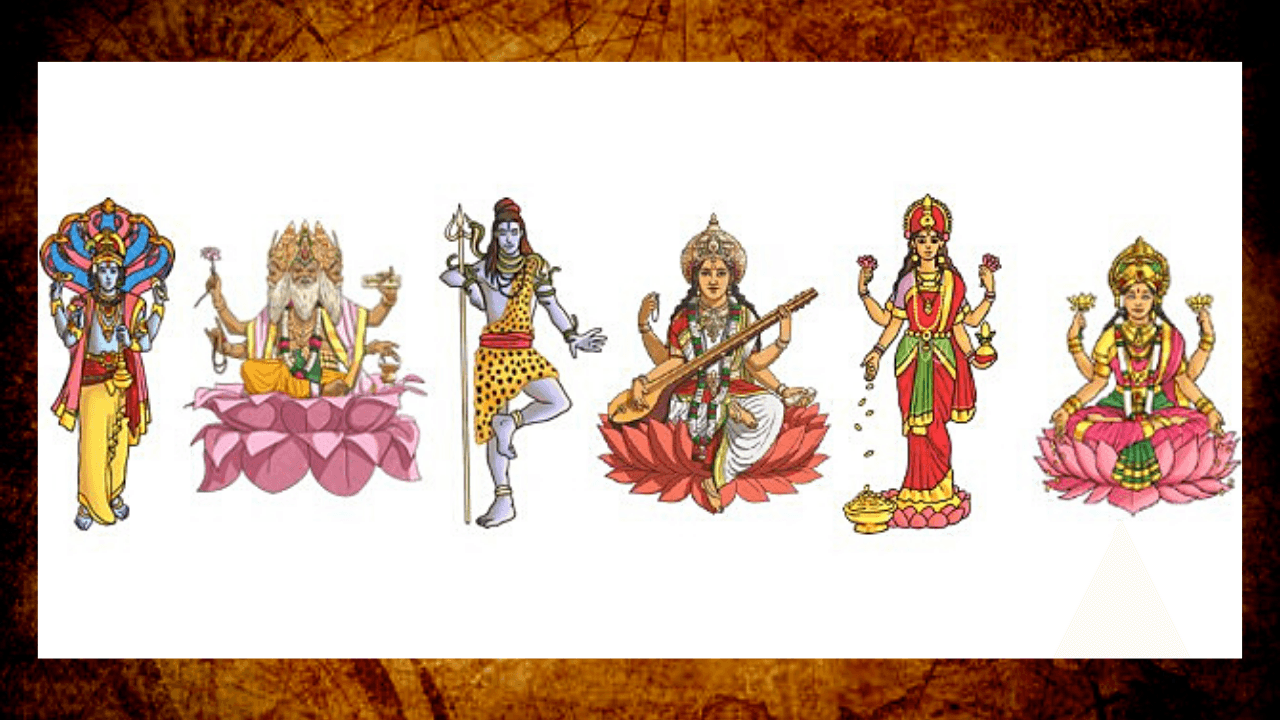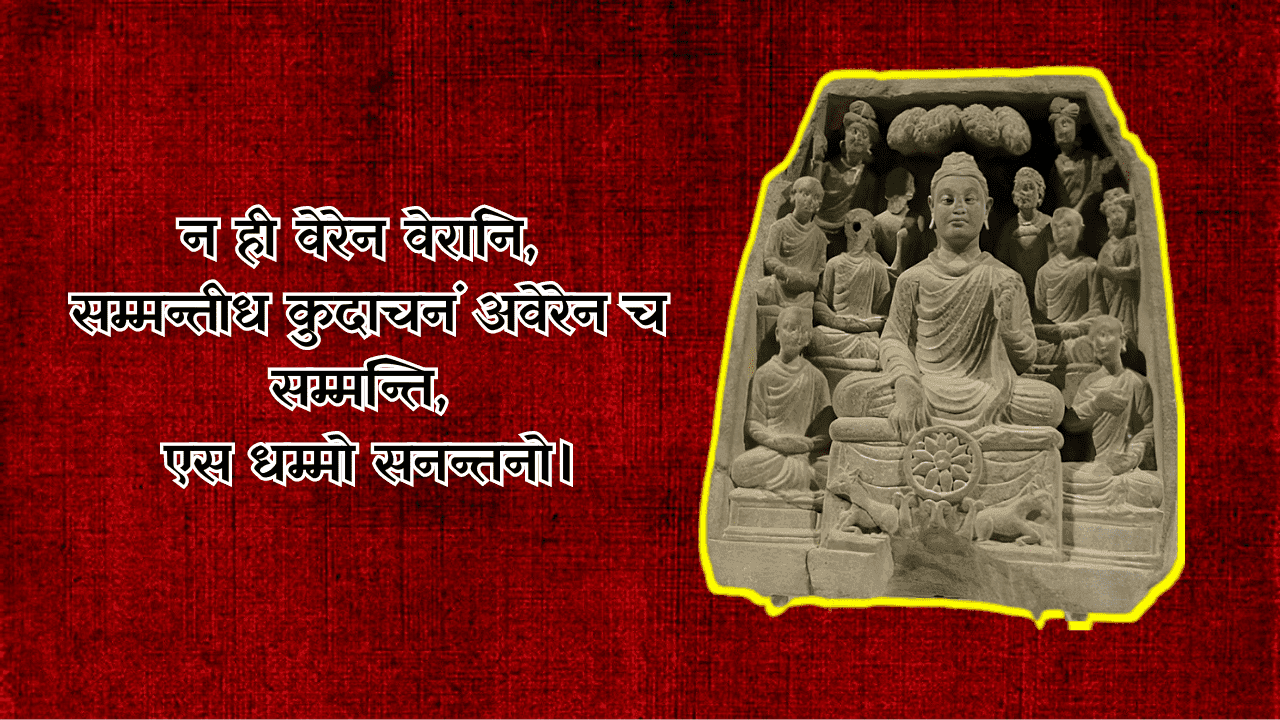Physical Address
304 North Cardinal St.
Dorchester Center, MA 02124
Physical Address
304 North Cardinal St.
Dorchester Center, MA 02124

The word Hindu did not occur in mainstream Sanskrit literature until the early nineteenth century. It was not before the first half of the nineteenth century that the word “Hindu” began to appear in the Sanskrit texts produced due to Christianity’s encounters with Brahmanical religion… However, the occurrence of the word “Hindu” in Sanskrit texts remained rare.
Apart from the small number of occurrences, the interesting aspect of the evidence is that there is no explicit discussion of what “Hindu” or Hindu dharma means..the medieval sants and bhakti poets used the term “Hindu” with reference to adherents of the caste-centric Brahmanical religion, against which they raised their voice.

It was not before the late eighteenth or early nineteenth century that it was appropriated by Western, especially British, scholars whose writings helped the imperial administration to formulate and create the notion of Hinduism in the sense in which we understand it today. The British borrowed the word “Hindu” from India, gave it a new meaning and significance, and reimported it into India as a reified phenomenon called Hinduism.
Given this background, Hinduism was a creation of the colonial period and cannot lay claim to any great antiquity… Hinduism is the youngest of all religions, a nineteenth-century neologism popularised by the British.
Even though Hinduism as a religious category acquired much visibility in Christian missionary writings and in British administrative records, not until the nineteenth century did it come to be labelled Sanatana dharma.

न ही वेरेन वेरानि, सम्मन्तीध कुदाचनं अवेरेन च सम्मन्ति, एस धम्मो सनन्तनो।
“Sanatana dharma was basically an orthodox resistance to reform movements and drew on references to itself in ancient Indian literature. The EARLIEST OCCURRENCE of the term is FOUND IN THE BUDDHIST CANONICAL WORK DHAMMAPADA.” ~D.N. Jha
Written by artinchow